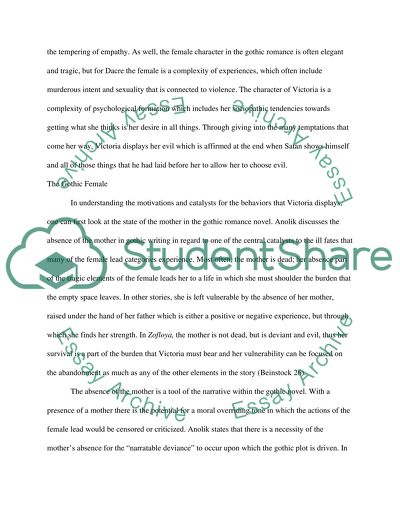Cite this document
(“The Evil of Victoria in Zofloya Essay Example | Topics and Well Written Essays - 2000 words”, n.d.)
Retrieved from https://studentshare.org/literature/1437845-anti-heroism-in-zofloya
Retrieved from https://studentshare.org/literature/1437845-anti-heroism-in-zofloya
(The Evil of Victoria in Zofloya Essay Example | Topics and Well Written Essays - 2000 Words)
https://studentshare.org/literature/1437845-anti-heroism-in-zofloya.
https://studentshare.org/literature/1437845-anti-heroism-in-zofloya.
“The Evil of Victoria in Zofloya Essay Example | Topics and Well Written Essays - 2000 Words”, n.d. https://studentshare.org/literature/1437845-anti-heroism-in-zofloya.


